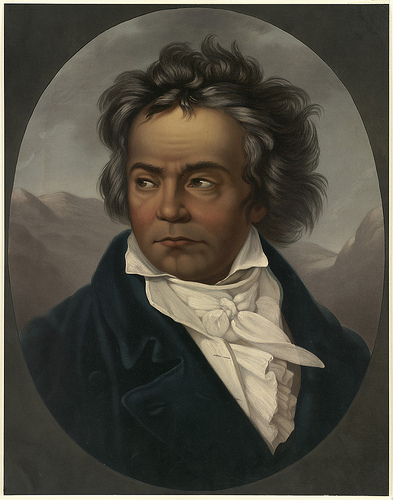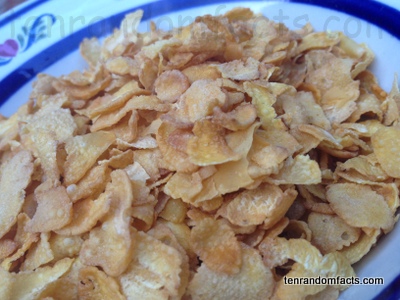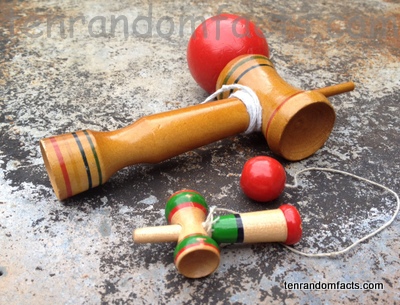
Have you heard Ludwig van Beethoven’s symphonies?
- Ludwig van Beethoven has no recorded birth date, but was officially baptised on 17 December, 1770, and is believed to have been born the day before, on the 16th in the city of Bonn, in what is now known as Germany.
- Ludwig van Beethoven was a German pianist and composer of many symphonies, concertos, sonatas and other musical pieces and first performed in 1778 at seven years of age.
- In 1787, when Ludwig van Beethoven was 16, his mother died, leaving behind an alcoholic husband that became even more dependent on the substance, two younger boys and Ludwig, who became the main carer for his two siblings.
- Ludwig van Beethoven began to lose his hearing in 1796, at 26 years of age, and became nearly totally deaf by 1814.
- Ludwig van Beethoven died on 26 March, 1827, aged 56, and at the point of his death, a clap of thunder supposedly occurred.
Portrait of Beethoven
Image courtesy of Boston Public Library/Flickr
- A statue of Ludwig van Beethoven was revealed in 1845 in Germany, as an acknowledgement of 75 years since he was born.
- Ludwig van Beethoven loved a number of women during his life, but never married, although he fought for the custody of a nephew at one stage.
- On the planet Mercury, there is a crater that has been named in honour of Ludwig van Beethoven.
- Ludwig van Beethoven is one of the most famous classical composers and musicians in history.
- Ludwig van Beethoven’s father and grandfather were musicians, and Ludwig studied with the Austrian composer Joseph Hayden, often known as the ‘Father of Symphonies and String Quartets’ and was also influenced by the work of Wolfgang Amadeus Mozart.
Bibliography:
Ludwig van Beethoven, 2013, Naxos, http://www.naxos.com/person/Ludwig_van_Beethoven/25976.htm
Ludwig van Beethoven, 2013, Wikipedia, http://en.wikipedia.org/wiki/Ludwig_van_Beethoven





















